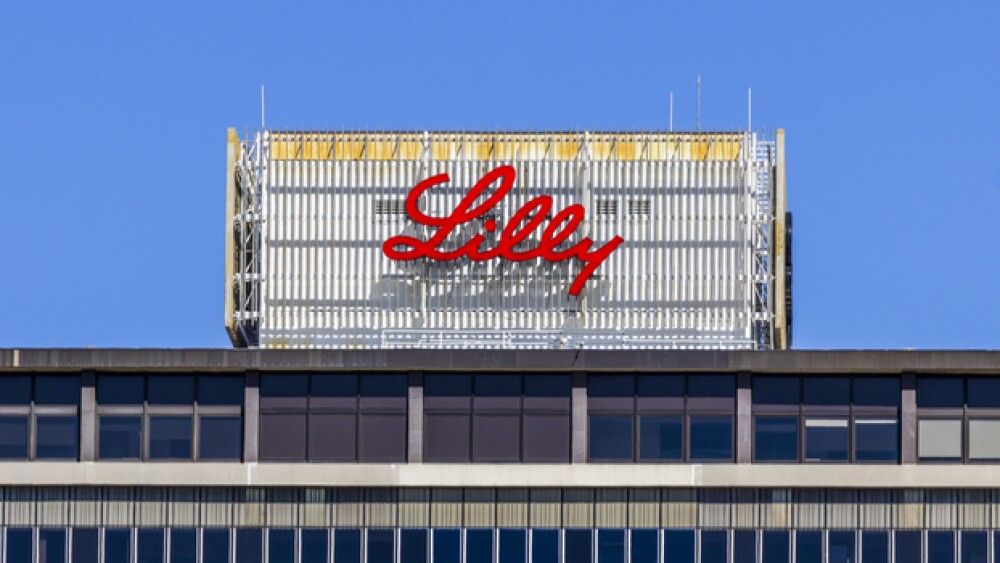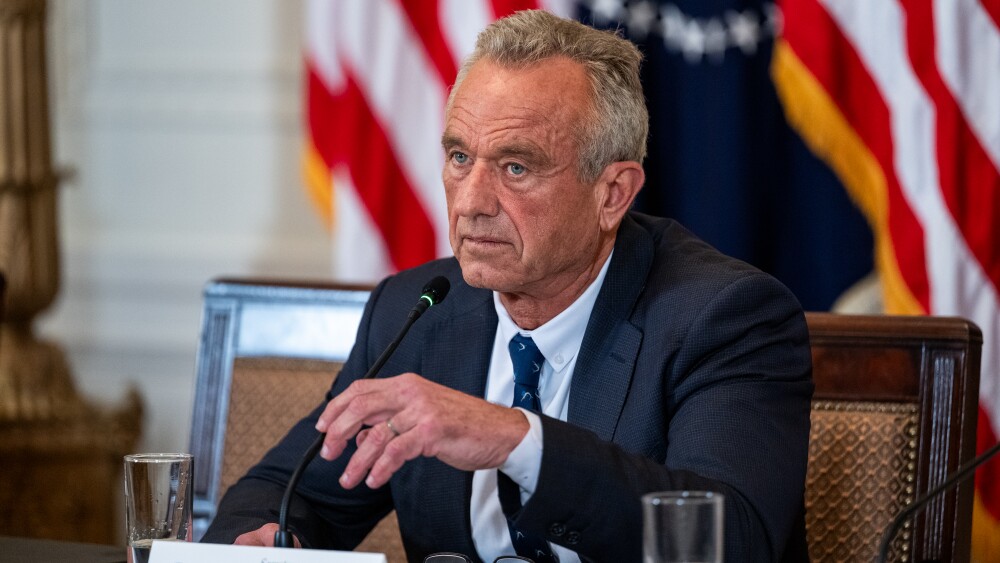Days after acquiring Loxo Oncology, Eli Lilly Chief Executive Officer David Ricks outlined projections for the new year and said that he, and other executive leaders, feel confident about the position that the company now finds itself in during a fireside chat at the J.P. Morgan Healthcare Conference.
Jonathan Weiss / Shutterstock.com
Days after acquiring Loxo Oncology, Eli Lilly Chief Executive Officer David Ricks outlined projections for the new year and said that he, and other executive leaders, feel confident about the position that the company now finds itself.
During a fireside chat at the annual J.P. Morgan Healthcare Conference in San Francisco, Ricks said that about 45 percent of the coming year’s revenue will be generated by medications launched in 2015. Those drugs include Trulicity, Taltz and Verzenio, Ricks said. Additionally, he said Indianapolis-based Eli Lilly anticipates the launch of two new molecular entities this year -- nasal glucagons, a rescue medicine for hyperglycemia, as well as Lasmiditan a rescue medicine for migraine headaches.
In addition to the drug launches, Ricks said the company will invest an additional $400 million in R&D in 2019. The investments will be made, in part, to support three important Phase III programs, he said, according to a transcript. The late-stage programs are Tirzepatide, the dual GIP/GLP agonist for diabetes and other indications, Mirikizumab in both ulcerative colitis and psoriasis. That one could also have applications for Crohn’s, he noted. The third program Ricks pointed to is Pegilodecakin, which is being studied in both lung cancer and pancreatic cancer.
“As we step back, I think we’re feeling very good about where the company is for several reasons. First, we’ve got very broad base of growth drivers, potentially eight blockbuster of products that have already launched in the last five years and we have potentially 10 more launches in the next five. We’re optimistic about our ability to grow the company based on volume across a broad range of therapy areas and a broad set of brands,” Ricks said, according to a transcript of the fireside chat.
Ricks added that the company has a strong pipeline that is backed by a research team “working on the right targets.” He said the company is focused on five therapy areas and is increasing its business development to support those areas. Part of that work includes some of the assets acquired in the Loxo deal, which was announced this week. He pointed to Loxo’s recently approved TRK inhibitor, which will be launching soon. Also, Ricks noted that Loxo has a developmental pipeline that includes LOXO-195, which “seeks to overcome what would be the predicted resistance to buy TRKV.” But, Ricks noted that the asset Eli Lilly was most keen for was the RET inhibitor LOXO-292. He said the medication addresses RET mutations the same way TRKV does for TRK mutations.
“Finally, they’ve got a little engine of scientists that continue to work on these precision medicine strategies and we’d be excited to have them keep doing it,” Ricks said of the Loxo team.
The Loxo deal reaffirms Eli Lilly’s dedication to one of its core strengths in oncology. Ricks said this will likely remain an area where the company expects to be “busy.”
Ricks pointed to a number of other programs that will likely be strong drivers for the company, including immunology and diabetes.
“We have a good position in all the markets we play in and as we look toward the next wave of growth driven by pain and potentially other neuroscience assets, we find the company in a very good place,” he said.
As the fireside chat came to a close, Ricks addressed some of the challenges faced with out-of-pocket expenses for medications. He criticized the payment structures set in place by insurance companies that force many patients to pay a higher cost. He said there could be several measures to address this, including sharing rebates at the point of sale for pharmaceuticals, something he said already occurs for many medical procedures. Ricks also pointed to potential platforms from insurance companies that would allow consumers to select low-rebate or high-rebate medications. Lastly, Ricks said that there is a potential rule change being developed by the White House that could change the rebate model completely. One pricing measure the company is taking to is to include a link to a website, lillypricinginfo.com, in all its advertisements that provides information about the costs of the medication.





